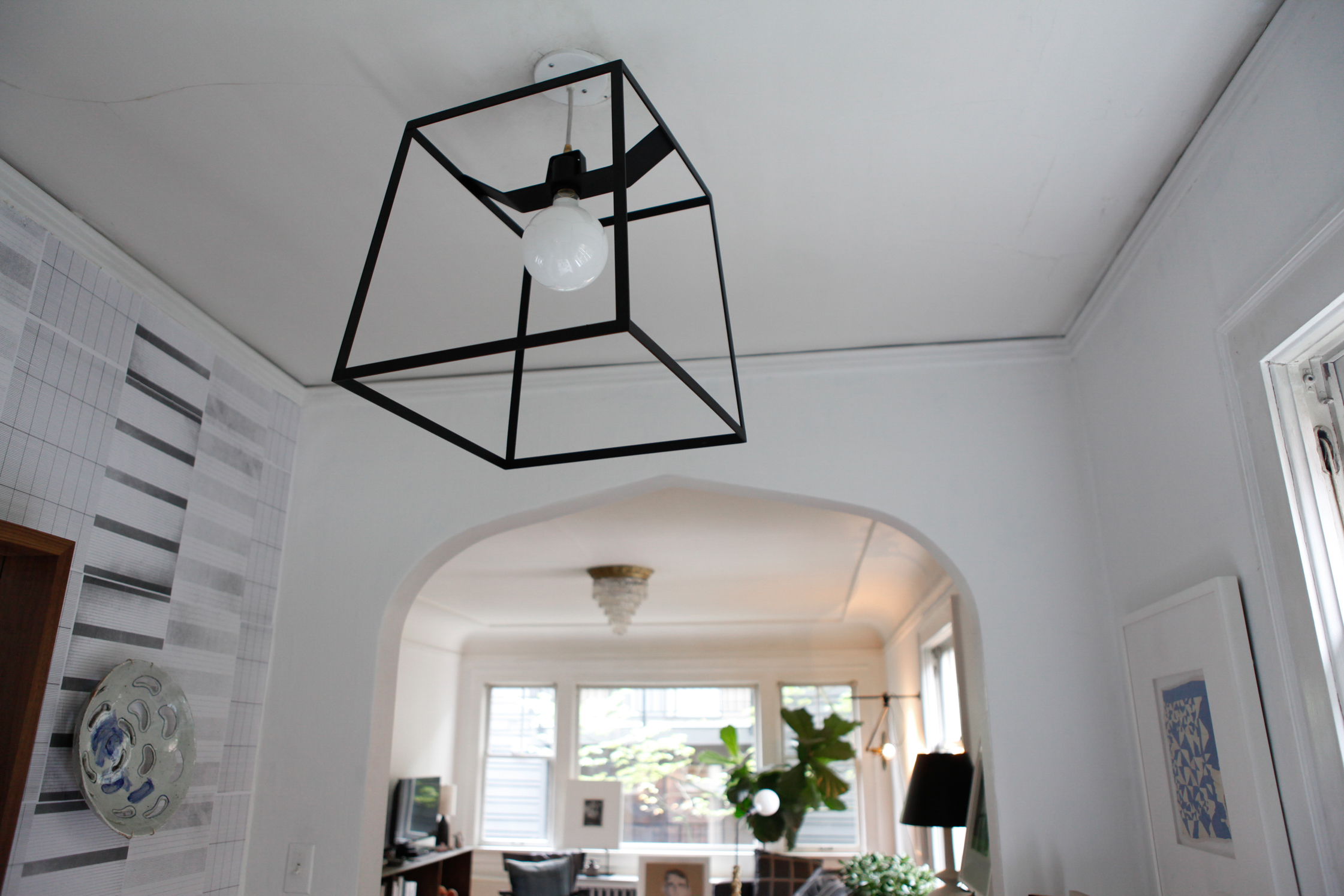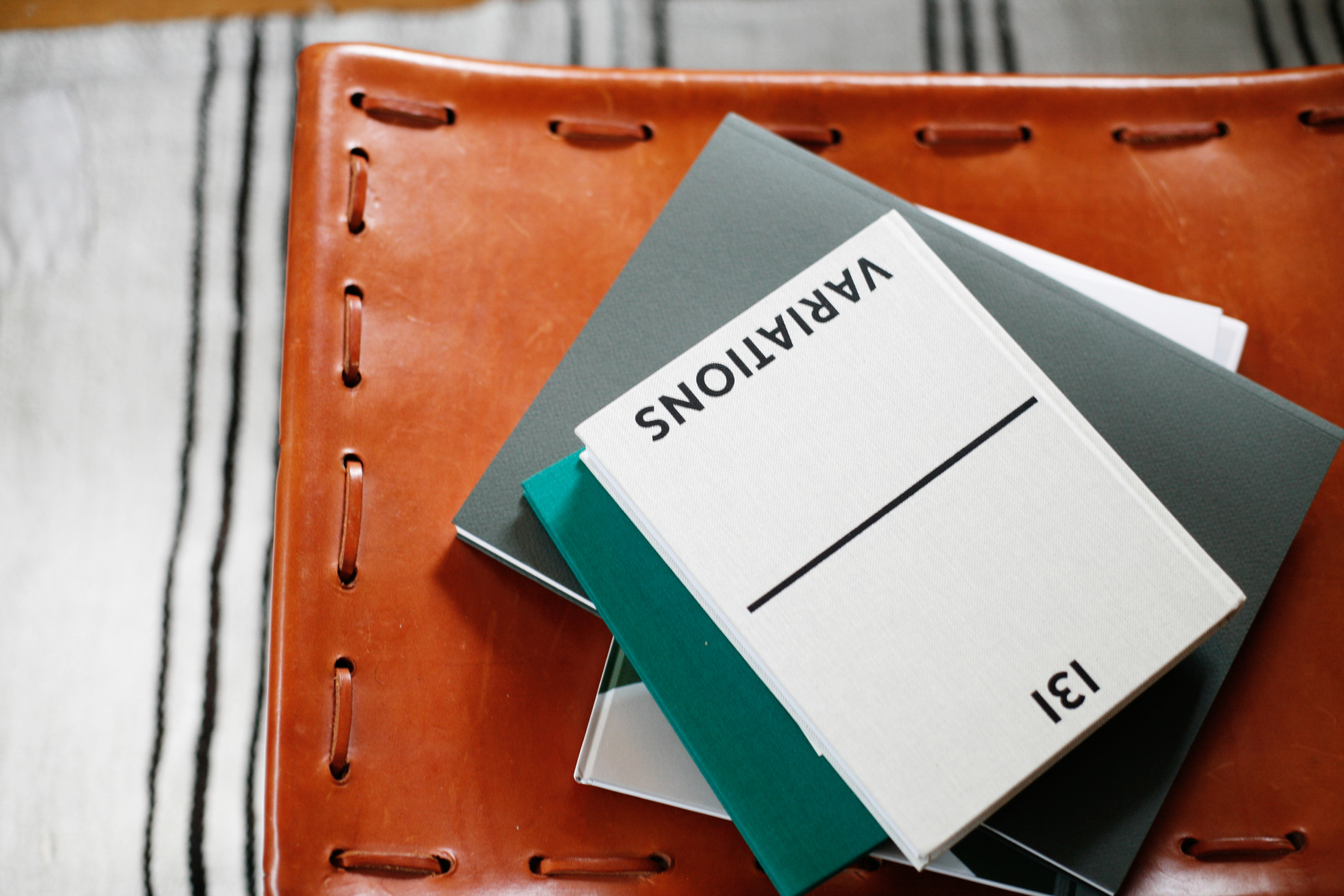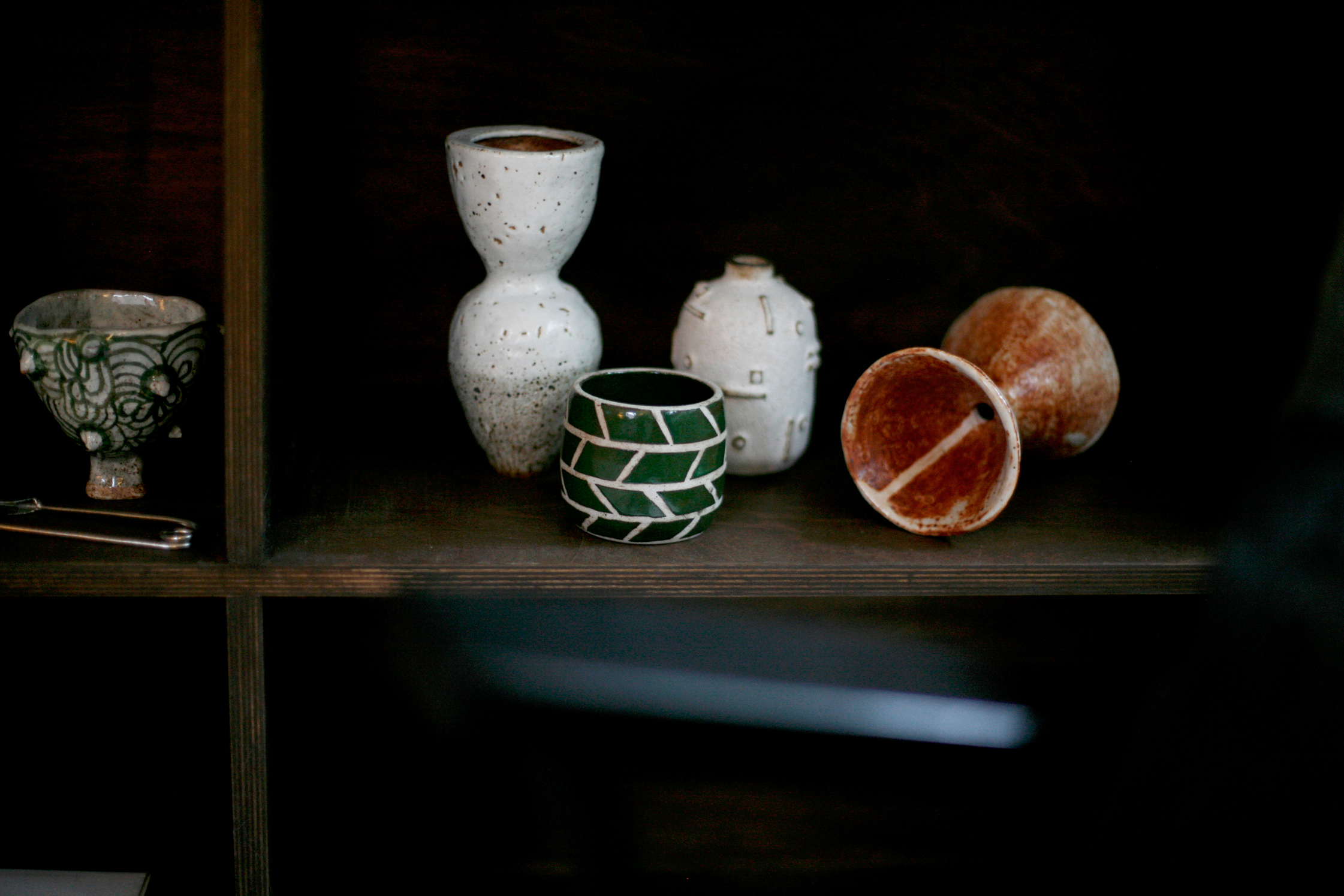Brian Paquette’s days begin and end with a pause. In the morning, the Seattle-based interior designer walks 15 minutes from his Capitol Hill apartment to work – and in the evening, he walks back again, stopping from time to time to take a picture. His is a visual industry, he’ll tell you, and he’s always looking. Everything – the color of grass, the light of early morning, the smell of rain – has the potential to conjure an idea. And though he’s on the move, his eyes are never resting, he considers these walks a peaceful ritual – on days that seem to pass in a blink, he says, they slow him down.
An East Coast native who relocated to the Pacific Northwest in early adulthood, Paquette has every reason to welcome moments of calm. Since launching in 2008, his eponymous firm has taken on numerous commercial and residential projects from Portland to Palm Springs. A hand-drawn wallpaper collection is in the works; a fabric line may follow shortly after.
He’s busy, to say the least, but not so busy that savoring the pleasures of the everyday escapes him. His home, clean and thoughtful, is a reflection of what inspires him most: music, books, the work of friends and fellow creatives. As the designer says, it’s a place that allows him to rest his eyes, and to remember that what matters most can’t be seen, but only felt. Certainly, one gets the sense that here, possessions are secondary – that if everything were to disappear at once, all that would be left is warmth.

























Your tattoos are beautiful. Tell us about them.
All of my tattoos are line drawings. There’s no color, no shading – I’ve always been interested in negative space.
Do people often ask you about them?
The paper airplane is the one that most people ask about. I got it about six years ago, a couple of days after a very good friend committed suicide. We met through a biking club in Portland. One of our first conversations was about tattoos, and he said if he were to get one, it would be a paper airplane. To him, that was a symbol of ingenuity – you take something as simple as a piece of paper, and you make it into a machine. He loved that idea – taking what you have and making something new. When he died, I biked down to a tattoo shop. I’d never been there. I didn’t even have a picture. I just went for it.
Were you living in Oregon at the time? What brought you there – and how did you end up in your current city of Seattle?
I was born and raised in Rhode Island, and went to school on the East Coast. After graduating, I decided to visit a few friends who were living in Portland. I stayed for a week and fell in love. I thought, what the hell is this place? This can’t be real. And about six months later, I sold all of my stuff and moved – without a job, or an apartment, or anything. Once I was there, I worked a couple of interior design internships. I paid my dues. I met a lot of people. I read a lot.
But two years in, the bottom fell out. There was no work. I applied for jobs back east, thinking I could always move home, but nothing panned out. Then, very randomly, I was hired in Seattle to work at B&B Italia. It was a job that I was completely unqualified for. Growing up in Newport, Rhode Island, I had a very traditional design background – I knew next to nothing about modern Italian or midcentury design. And I’d never been to Seattle. But I accepted the job and moved there in a day and a half.
How did you manage to transition from a position you felt unqualified for to starting your own interior design firm?
I eventually stumbled on my first private client. It happened to be a very big one, and I thought – well, I guess I’ve made it. I quit my job. And then I spent the next two years navigating a lot of challenges. I didn’t have a lot of work. But I continued to put my nose to the grindstone and meet as many people as I could. It happened pretty organically from there. Now, I have a lot of weight on my shoulders. But I’m always reaching for more. It takes time. It really takes time. But I love it.
You have a background in painting. Did you always have an interest in interiors?
I’ve always been into art – always drawing, always painting. But art class at my high school was pretty much just a random period in the middle of the day with 15 kids making clay pipes and a teacher who didn’t teach. Whatever I was doing creatively was mostly happening outside of class.
I was able to major in art in college, however, and I soared with the opportunity to surround myself with people who just wanted to create. By junior and senior year, I was doing large-scale painting installations. I was doing traditional painting on canvas and surfaces, but I was also trying to create narratives within the gallery. It wouldn’t be just a painting on the wall – it would be 60 paintings, arranged in a very specific way, with a very specific color palette. I had to have control of the framing and the scale of everything. Some installations were fully furnished rooms, and my paintings would be on the walls. I never really thought of it as interior design, though. Interior design wasn’t something I thought of until I was told to think about it.
Who started the conversation?
I was working in a gallery after college, and an interior designer who did a lot of the framing there liked my thoughts on scale and color and he offered me a job. He was impressed that I took his work and knew what to do with it. I basically started as a delivery driver, but everything unfurled from there. Jobs like that were hard on me because I took everything so damn personally but I knew pretty much immediately that this was what I wanted to do with my life.
What’s a day in the life of your office like these days?
Our days range. In general, I don’t adhere to a typical work schedule. Nine to five is not my thing. On Fridays, our office has “input days.” Monday through Thursday is devoted to output; Friday is all about input. We read. We go to galleries. We have outside vendors come in to show us new lighting or fabric lines. We’ll go to a new showroom. We’ll look at furniture, jewelry, anything. It’s just about jogging our brains after a week of invoicing and remembering that at the end of the day, we’re creatives.
Sometimes when I do presentations for clients, I’ll bring in things from home: books, textiles. I brought candles to a meeting once. A lot of my employees think I’m silly, but my hope is that clients respond to my excitement and enthusiasm. I don’t want to just come in with a mood board that has fabric swatches stitched to it. I want to hit all five senses. It’s a little hippy-dippy to some people, but when I’m in it, I’m in it.
Is that what makes a great interior in your eyes? That it calls on all five senses?
It has to. Touch and sight are too easy. I draw a lot of inspiration from memories. Sometimes I’ll look at photographs from a trip I took, and that will drum up a color story based on a neighborhood I walked through one afternoon. Or a season. Or a city. It’s all connected.
Tell us about your home. How long have you lived here?
I’ve been here about two-and-a-half years. The space looks very different than it did when I first moved in – I redid everything a year ago. I wanted to pare down to the things I really love, that mean something to me. I decided that I wanted to come home to a place where I could rest my eyes. I didn’t want to see a lot of stuff.
What are some examples of items you kept? What will move with you no matter where you go?
I’ve been collecting ceramics for a long time, and I have seven pieces by Morgan Peck. There’s a tactility and a childlike aspect to her work that I love. She experiments a lot. It’s playful. I love the art of children for its lack of formality – letting your brain go, letting your hands go. And although I know how educated Morgan is, I can see that she does those things when she works.
I also have this tiny polished mahogany box on a mirror in my dining room. It holds two rocks. My boyfriend, who travels a lot for research for his dissertation, brought them back from a beach just outside of Cypress. It’s the place where Aphrodite was said to have been born. When you visit, you’re supposed to bring a rock from that beach to the person you love.
And on the seat of a folding wicker chair in the living room, there’s a giant antique Japanese quilt. I was introduced to an antique textiles dealer while I was in Japan, and it has such great memories attached to it. It has so much age. It’s over a hundred years old and it’s 18-24 layers thick of fabric, just sewn and sewn and sewn.
What artists do you admire? Is there a particular medium you gravitate toward?
Photography. I love Uta Barth, Philip-Lorca diCorcia, Brian Ferry, Ryan McGinley. In Amsterdam I went to a show by a photographer named Guido Guidi, and that was great. Also, interior photographers like Martyn Thompson, Francois Halard, Leslie Williamson – fantastic. Goodness gracious – fantastic.
You’ve lived in Seattle now for five years. What do you love about it?
Seattle is a very interesting place. There’s everything here: a great art scene, a great makers’ scene. There’s a lot of money here, but it’s interesting money. People spend differently. They value family, creativity, good food. Tech, obviously. They do not value clothing, but they love art. No one’s a show-off, and if you are, you stand out like a sore thumb. Humility is key, especially as a small business owner. Seattle’s about being humble and authentic, and not stepping on other people’s toes. It’s about support.
What in the city would you recommend to a visitor? Anywhere especially near and dear to your heart?
Oddfellows, for sure. When my boyfriend is in town, we’ll walk right up to the bar on the weekends and have brunch. It’s got great light. I call it “London light.” It feels like home.
Seattle is known for its gray skies and rain. Do you ever feel the need to escape?
This city is hard in the winter, no bones about it. If you can, you have to get out at least once. Palm Springs is perfect because it’s the exact opposite. You lay in the sun. You dry out.
And then, happily, you return home here. How do you think this space is representative of who you are right now?
It’s more me because it’s less me. It’s about the creative people that I admire – every artist or maker whose work is here is someone that I’ve met or have a friendship with. That’s important to me. In previous spaces, I thought too much about decorating. I had always talked about homes having stories and being connected to your travels and life experiences – but I don’t think I was living that, truly. That needs to happen organically as opposed to just moving in and filling a space.
Would you ever consider displaying your own artwork here?
My own art? No. I’m really into other people’s perspectives. If I had the money, I’d hire another designer to do my house. I think I’d appreciate the divide.
Thanks so much, Brian. Visit Brian Paquette Interiors, here.
Photography: Dorothée Brand
Interview & Text: Shoko Wanger

